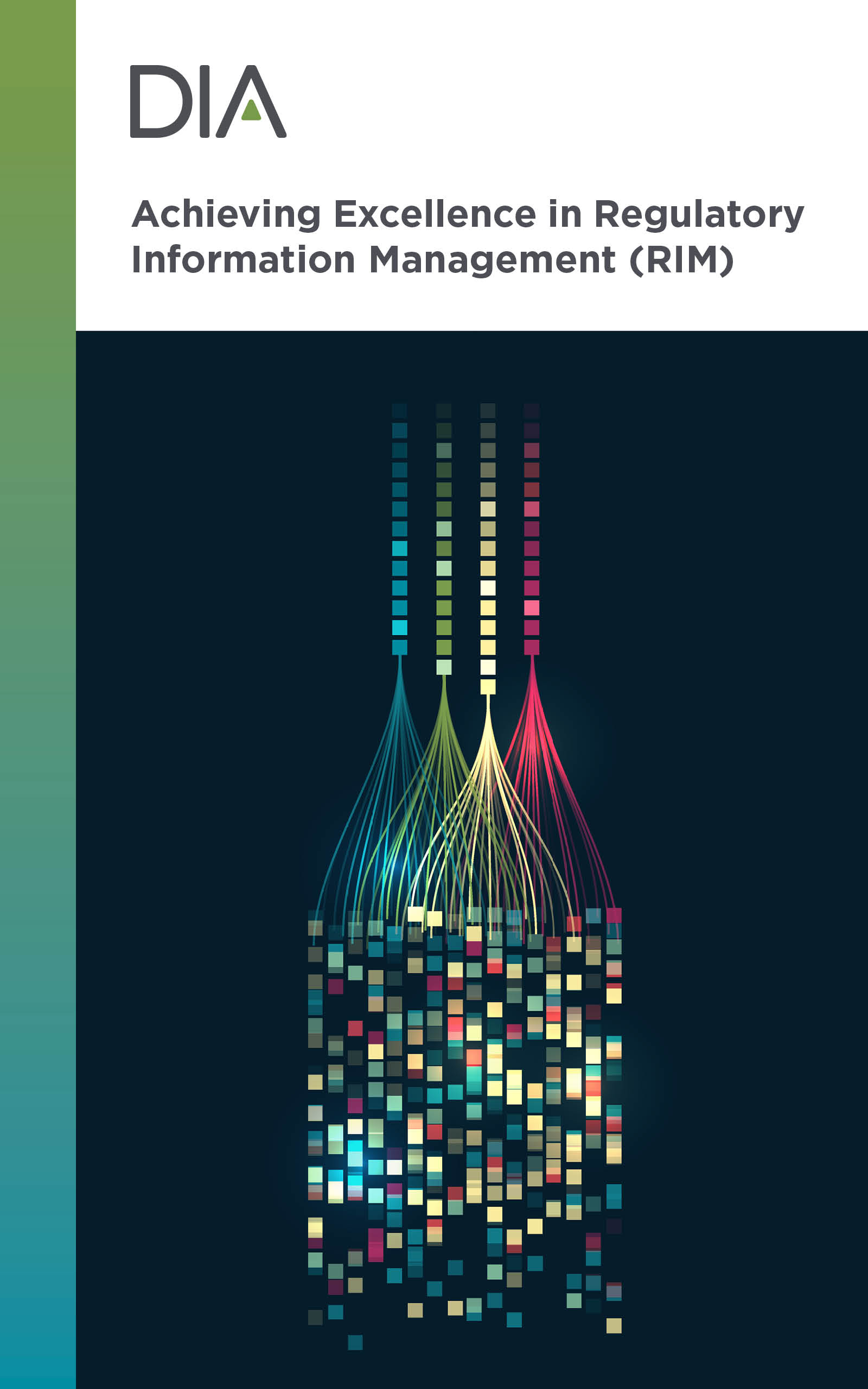
- FEATURE ARTICLES
- Connecting Novel Disease Gene Discoveries to Functional Characterization Research in Model Organisms
- Life-Limiting Illness: Understanding the People Behind the Protocol Population
- Rethinking Big Data Can Deliver New Advances Across the Product Lifecycle
Establishing a Clean Data Foundation Could Speed Time to Market for Innovative New Products
- Remote Services and Technology in Clinical Trials Require More Regulatory Clarity for Investigators: A Call to Action
- Elevating Quality Management through Analytics: Strategies, Case Studies, and Application in Pharmaceutical Organizations
- Part 1: The Intersection of Analytics and Quality Management
- Part 2: Making the Case for Analytics: Key Strategic Pillars
- MEETING HIGHLIGHTS
- Regulatory Roundup: Insights from Global Town Halls at DIA2024
- AROUND THE GLOBE
- EU HTA Regulation Joint Clinical Assessments: Ready for January 2025?
- How “Team Europe” Can Co-Create the Healthcare R&D Framework of Tomorrow
- Health as a Common Good: Can All Public Ministers Be Ministers of Health?
- Advancing Rare Disease Measurement With The Rare Disease COA Resource
- WE ARE DIA
- DIA Congratulates 2024 Americas Regional Inspire Award Winners
- EXECUTIVE LEADERSHIP
- Editorial Board
Subscribe
Love Global Forum’s new online format? Subscribe today and never miss an issue.
Editorial Board
Content stream editors
Gary Kelloff US National Institutes of Health
Ilan Kirsch Adaptive Biotechnologies Corp.
regulatory science
Isaac Rodriguez-Chavez 4Biosolutions Consulting
Patient engagement
Natasha Ratcliffe Patient Engagement Specialist
Thomas Smith Independent Patient Consultant
Data and Digital
Lisa Barbadora Barbadora Ink
VALUE AND ACCESS
Wyatt Gotbetter Parexel
Editorial Staff
Sandra Blumenrath, Managing Editor, Scientific Publications DIA Scientific Communications
Chris M. Slawecki, Managing Editor, Global Forum DIA Scientific Communications
Linda Felaco, Copy Editor and Proofreader
Regional Editors
David Mukanga Bill and Melinda Gates Foundation
ASEAN
Jin Shun Belief BioMed
AUSTRALIA/NEW ZEALAND
Richard Day University of New South Wales, Medicine, St. Vincent’s Hospital
CHINA
Ling Su Shenyang Pharmaceutical University, Lilly Asia Ventures
EUROPE
Emma Du Four Independent R&D/Regulatory Policy Professional
EUROPE
Isabelle Stoeckert Bayer AG Pharma
INDIA
J. Vijay Venkatraman Oviya MedSafe
JAPAN
Toshiyoshi Tominaga Keio University Hospital, Clinical and Translational Research Center
LATIN AMERICA
Cammilla Gomes Roche
US
Ebony Dashiell-Aje BioMarin
DIA Membership
Bringing together stakeholders for the betterment of global health care.
Michael Smith Laboratories
University of British Columbia, Vancouver, BC, Canada
Department of Pediatrics
Centre de Recherche du CHU
CHEO Research Institute
University of Ottawa, Ottawa, ON, Canada
he identification of the gene and causative mutation for a human disease is an important breakthrough for patients and clinicians. It provides a DNA diagnosis, which can help with family planning, connecting families affected by the same condition or clinicians who could better define or study the condition. However, it is fundamentally a descriptive, hypothesis-generating milestone. The question immediately becomes how knowledge of the causative mutation can be used to better treat the patient. The answer almost invariably lies in understanding the disease gene’s function and how it is regulated within its biological pathway. This is where the experimental power of model organisms plays such an important role.
onsistently, patients participate in clinical trials for altruistic reasons, and this is never more true than when the clinical trial targets a disease with no cure, or a life-limiting diagnosis. Many are placing their hope in the trial that is running: that it will prolong survival and at the same time afford, critically, an increased quality of life and a delay of symptoms. As the industry tries to find cures for these illnesses, death naturally occurs. As many have said, life is a terminal condition; there is nothing new there, but how do we, as clinical researchers, design trials that are compassionate, can help patients have a good death, and can help caregivers both support their loved ones and themselves feel supported?
Establishing a Clean Data Foundation Could Speed Time to Market for Innovative New Products
Veeva
he life sciences industry has long waited for big data to transform how new medicines are developed and delivered. With artificial intelligence (AI) and machine learning (ML) now coming of age, research and development teams can finally seize the opportunity if their data is clean, standardized, interoperable, and secure.
A Call to Action
The Society for Clinical Research Sites
ith the continued implementation of technology and remote services in clinical trials, there is a persistent lack of clarity and understanding around regulatory oversight. Investigators and clinical research site staff have not been properly guided or coached on how to ensure continued oversight when these new trial execution elements are utilized. This ambiguity is unfortunately causing undue hesitation and reluctance to accept trials that incorporate remote services and technology, not to mention the serious consequences that this lack of clarity brings with it.
Part 1: The Intersection of Analytics and Quality Management
AstraZeneca, Canada
AstraZeneca, UK
here is a clear conceptual link between Quality Management and Analytics, encapsulated in the maxim “You can’t manage what you can’t measure.” In practice, however, many pharmaceutical organizations struggle to operationalize this idea: Quantifying quality is filled with challenges, both technical and organizational, including a lack of essential data, siloed teams, decentralized systems, and lack of a unified roadmap for uplifting quality reporting and analytics.
Part 2: Making the Case for Analytics: Key Strategic Pillars
AstraZeneca, Canada
AstraZeneca, UK
hese case studies serve as practical illustrations of how an analytical approach can make a meaningful impact in ensuring process adherence and enabling study quality oversight throughout the clinical trial lifecycle and across audience tiers within the organization. However, as alluded to in the introduction, analytical use cases always require collaboration and—importantly—sponsorship from other areas of the business. This section will outline a range of strategies for gaining endorsement for and removing barriers to implementation.
DIA
egulators worldwide recently convened in San Diego for DIA’s Global Annual Meeting 2024 to discuss respective countries’ priorities and chart new horizons in reimagining regulatory processes, alignment, and collaboration. Regulatory representation at several Town Halls included intergovernmental bodies like the World Health Organization (WHO), international coalitions such as the International Coalition of Medicines Regulatory Authorities (ICMRA), and regional agencies including the US FDA, European Medicines Agency (EMA), Health Canada, ANVISA (Brazil), PMDA (Japan), and NMPA (China). The meeting also featured the Access Consortium, a coalition of regulatory authorities from Australia, Canada, Singapore, Switzerland, and the United Kingdom.
Bayer AG
Lundbeck
EFPIA HTA Working Group
nly a few months remain before developers must follow a new market access route for new cancer products and advanced therapy medicinal products (ATMPs) in the European Union (EU). Traditionally, health technology assessments (HTAs)–evaluations of the clinical effectiveness and value of new medicines and devices–were conducted by individual EU member states. This approach led to redundancies and potential delays in bringing new treatments to patients, particularly on clinical benefit assessment. The EU HTA Regulation and the introduction of Joint Clinical Assessments (JCAs) aim to streamline these evaluations.
European Federation of Pharmaceutical Industries and Associations (EFPIA)
Alberto Ganan Jimenez
European Medicines Agency (EMA)
AiCuris Anti-infective Cures AG
Merck Serono Limited
Children’s Tumor Foundation (CTF)
CTF Europe
AstraZeneca
Novartis
EURORDIS-Rare Diseases Europe
Utrecht University
Independent R&D/Regulatory Policy Professional
o meet the needs of patients and to drive competitiveness, Europe needs a consistent and predictable regulatory framework to attract investment and expertise and support innovation. Here’s how we can do it together.
Can All Public Ministers Be Ministers of Health?
Alicia del Llano Núñez-Cortés
Fundación Gaspar Casal
n 2013, Margaret Chan, who served as Director-General of the World Health Organization (WHO) from 2006 until 2017, invited civil society to reflect on why all ministers around the world could be, to some extent, ministers of health: “Prevention must be the cornerstone of the global response to … diseases. Their root causes reside in non-health sectors. Collaboration among multiple sectors is imperative.” This disruptive approach is grounded on the “health in all policies” (HiAP) principle outlined in the 1993 Helsinki Declaration.
Division of Clinical Outcome Assessment (DCOA), ODES, OND, CDER, US FDA
Rare Disease COA Consortium
t is estimated that more than 350 million people worldwide, approximately 10% of the global population, half of whom are children, live with a rare disease. Of these rare diseases, fewer than 10% have approved treatments. This significant unmet treatment need has been met with unprecedented response within the global scientific, biopharmaceutical, regulatory, and patient communities, including unprecedented growth in rare disease drug and gene therapy development and approvals. However, the well-known difficulties of conducting clinical trials (e.g., small samples, wide geographic distribution, heterogenous symptoms) and developing products for these rare indications persist, and identifying outcomes remains a hurdle. For efficacy endpoints based on clinical outcome assessments, COAs have not yet been identified, developed, or modified for most rare diseases.
Our 2024 Americas Regional Inspire Award Winners

Aaron J. Horowitz
Empath Labs

Marcia Bailey
GSK, Canada

Karla Childers
Johnson & Johnson

Niam Vora
Doctor of Pharmacy Candidate 2024
eBook





